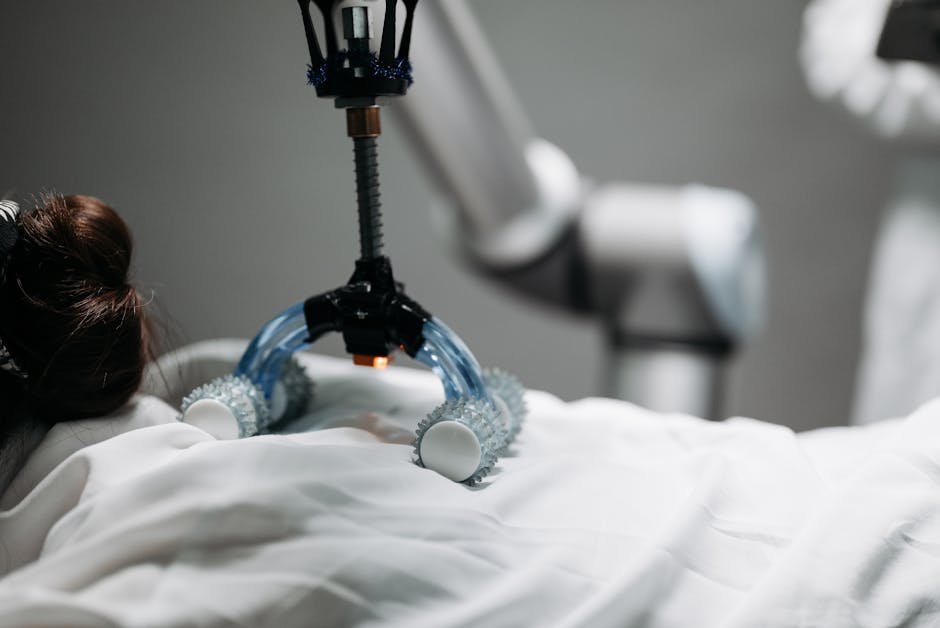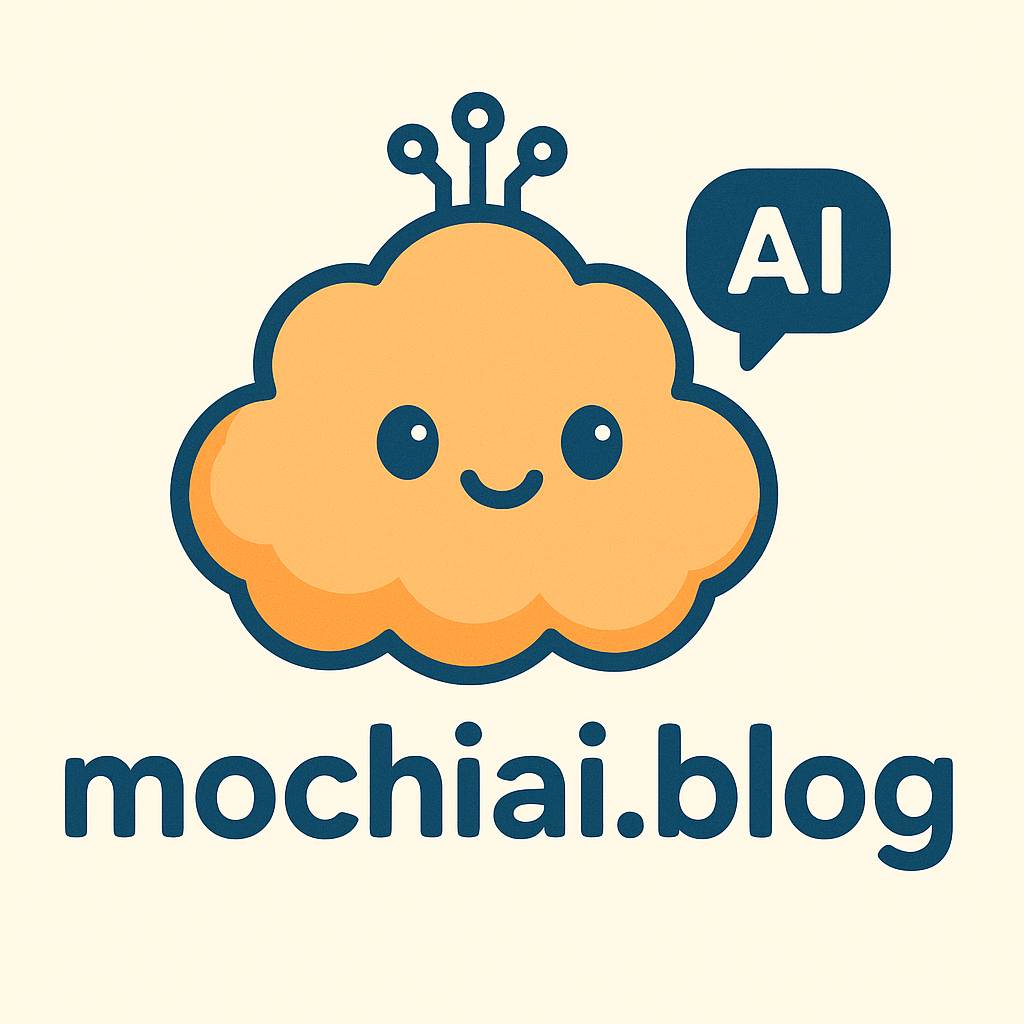
31 Jul AI-Powered Diagnostics: Transforming Patient Care
AI-Powered Diagnostics: Transforming Patient Care
The Diagnostic Revolution: A New Era
Artificial intelligence (AI) is rapidly transforming healthcare, and diagnostics is at the forefront of this revolution. AI-powered diagnostic tools are poised to fundamentally alter how diseases are detected, monitored, and ultimately, treated. This shift promises faster, more accurate, and more personalized patient care, potentially leading to improved outcomes and a more efficient healthcare system. The integration of AI in diagnostics is not just an incremental improvement; it represents a paradigm shift in how we approach disease management.
Enhanced Image Analysis: Seeing Beyond the Human Eye
Medical imaging, including X-rays, CT scans, MRIs, and ultrasounds, generates massive amounts of data. Radiologists, highly trained specialists, interpret these images to identify abnormalities. AI algorithms, particularly those based on deep learning, excel at analyzing complex patterns in images. They can be trained on vast datasets of labeled images, learning to identify subtle indicators of disease that might be missed by the human eye.
For example, AI can assist in detecting lung nodules, a key indicator of lung cancer, with higher sensitivity and specificity than traditional methods. In breast cancer screening, AI algorithms are being developed to improve the accuracy of mammography, reducing false positives and negatives. In neurology, AI can aid in the early detection of Alzheimer’s disease by analyzing brain MRIs for subtle changes in brain structure and function.
The benefits of AI-enhanced image analysis are multifaceted:
- Increased Accuracy: AI can improve diagnostic accuracy, leading to fewer missed diagnoses and more appropriate treatment plans.
- Reduced Workload for Radiologists: AI can pre-screen images, flagging those that require immediate attention and reducing the overall workload for radiologists, allowing them to focus on more complex cases.
- Faster Diagnosis: AI can accelerate the diagnostic process, allowing patients to receive treatment sooner.
- Improved Consistency: AI algorithms provide consistent and objective interpretations, reducing variability between different radiologists.
Genomic Analysis: Unlocking the Secrets of DNA
Genomics, the study of an organism’s complete set of genes and their interactions, is another area where AI is making significant strides. Analyzing vast amounts of genomic data to identify disease-causing mutations is a complex and time-consuming task. AI algorithms can accelerate this process, identifying patterns and correlations that would be impossible to detect manually.
AI is particularly valuable in personalized medicine, where treatment decisions are tailored to an individual’s genetic makeup. For example, AI can analyze a patient’s genome to predict their response to different cancer therapies, allowing oncologists to choose the most effective treatment option. In rare disease diagnosis, AI can help identify the genetic mutations responsible for a patient’s symptoms, leading to a diagnosis that might otherwise be missed.
Key applications of AI in genomic analysis include:
- Identifying Disease-Causing Genes: AI can help pinpoint the genes responsible for inherited diseases and cancers.
- Predicting Drug Response: AI can predict how a patient will respond to different medications based on their genetic profile.
- Personalized Cancer Therapy: AI can guide treatment decisions for cancer patients, selecting the most effective therapies based on their tumor’s genetic mutations.
- Rare Disease Diagnosis: AI can help diagnose rare genetic disorders by analyzing a patient’s genome for unusual mutations.
Pathology: Precision Diagnosis at the Cellular Level
Pathology involves the examination of tissues and cells under a microscope to diagnose diseases. AI is transforming pathology by automating tasks such as cell counting, identifying abnormal cells, and measuring the expression of specific proteins. This can lead to more accurate and objective diagnoses, particularly in cancer pathology.
For example, AI can analyze digital pathology images to identify cancer cells with greater accuracy than human pathologists. AI can also quantify the expression of specific biomarkers, which are proteins that indicate the presence or aggressiveness of a tumor. This information can be used to guide treatment decisions and predict patient outcomes. In addition, AI can assist in the diagnosis of infectious diseases by identifying bacteria, viruses, and other pathogens in tissue samples.
Benefits of AI in pathology include:
- Improved Accuracy: AI can improve the accuracy of diagnoses, reducing errors in cancer pathology and other areas.
- Increased Efficiency: AI can automate tedious tasks, such as cell counting, freeing up pathologists to focus on more complex cases.
- Objective Analysis: AI provides objective and consistent analysis, reducing variability between different pathologists.
- Personalized Treatment: AI can help tailor treatment decisions to individual patients based on the specific characteristics of their disease.
Wearable Sensors and Remote Monitoring: Continuous Patient Insight
Wearable sensors and remote monitoring devices are generating a wealth of real-time physiological data, including heart rate, blood pressure, activity levels, and sleep patterns. AI algorithms can analyze this data to detect early signs of disease, monitor chronic conditions, and personalize treatment plans.
For example, AI can analyze data from wearable sensors to predict heart attacks or strokes before they occur. AI can also monitor patients with diabetes, alerting them to changes in blood glucose levels and suggesting adjustments to their medication. In addition, AI can be used to monitor patients with chronic respiratory diseases, such as asthma or COPD, providing personalized feedback on their breathing patterns and activity levels.
Key advantages of AI-powered wearable sensors and remote monitoring:
- Early Detection: AI can detect early signs of disease, allowing for earlier intervention and treatment.
- Personalized Monitoring: AI can personalize monitoring based on an individual’s specific needs and risk factors.
- Improved Adherence: AI can help patients adhere to their treatment plans by providing reminders and personalized feedback.
- Reduced Hospitalizations: AI can help prevent hospitalizations by detecting early signs of deterioration and intervening before a crisis occurs.
Challenges and Future Directions
While AI holds immense promise for transforming diagnostics, several challenges need to be addressed:
- Data Bias: AI algorithms are only as good as the data they are trained on. If the training data is biased, the algorithm will also be biased, potentially leading to inaccurate diagnoses for certain populations.
- Regulatory Approval: AI-powered diagnostic tools must undergo rigorous testing and validation before they can be approved for clinical use.
- Integration with Existing Systems: Integrating AI tools into existing healthcare systems can be challenging, requiring significant investments in infrastructure and training.
- Ethical Considerations: The use of AI in diagnostics raises ethical concerns about data privacy, algorithmic transparency, and the potential for job displacement.
Despite these challenges, the future of AI-powered diagnostics is bright. As AI algorithms become more sophisticated and data becomes more readily available, AI will play an increasingly important role in transforming patient care. Future directions include:
- Federated Learning: Developing AI algorithms that can learn from data distributed across multiple hospitals and clinics without sharing sensitive patient information.
- Explainable AI (XAI): Developing AI algorithms that can explain their reasoning process, making it easier for clinicians to understand and trust their decisions.
- AI-Powered Drug Discovery: Using AI to identify new drug targets and accelerate the development of new therapies.
- Personalized Digital Health: Developing AI-powered digital health platforms that provide personalized coaching and support to patients, helping them manage their health and prevent disease.
The journey of AI in diagnostics is just beginning, and its impact on patient care will only continue to grow in the years to come. By addressing the challenges and embracing the opportunities, we can harness the power of AI to create a healthier and more equitable future for all.
